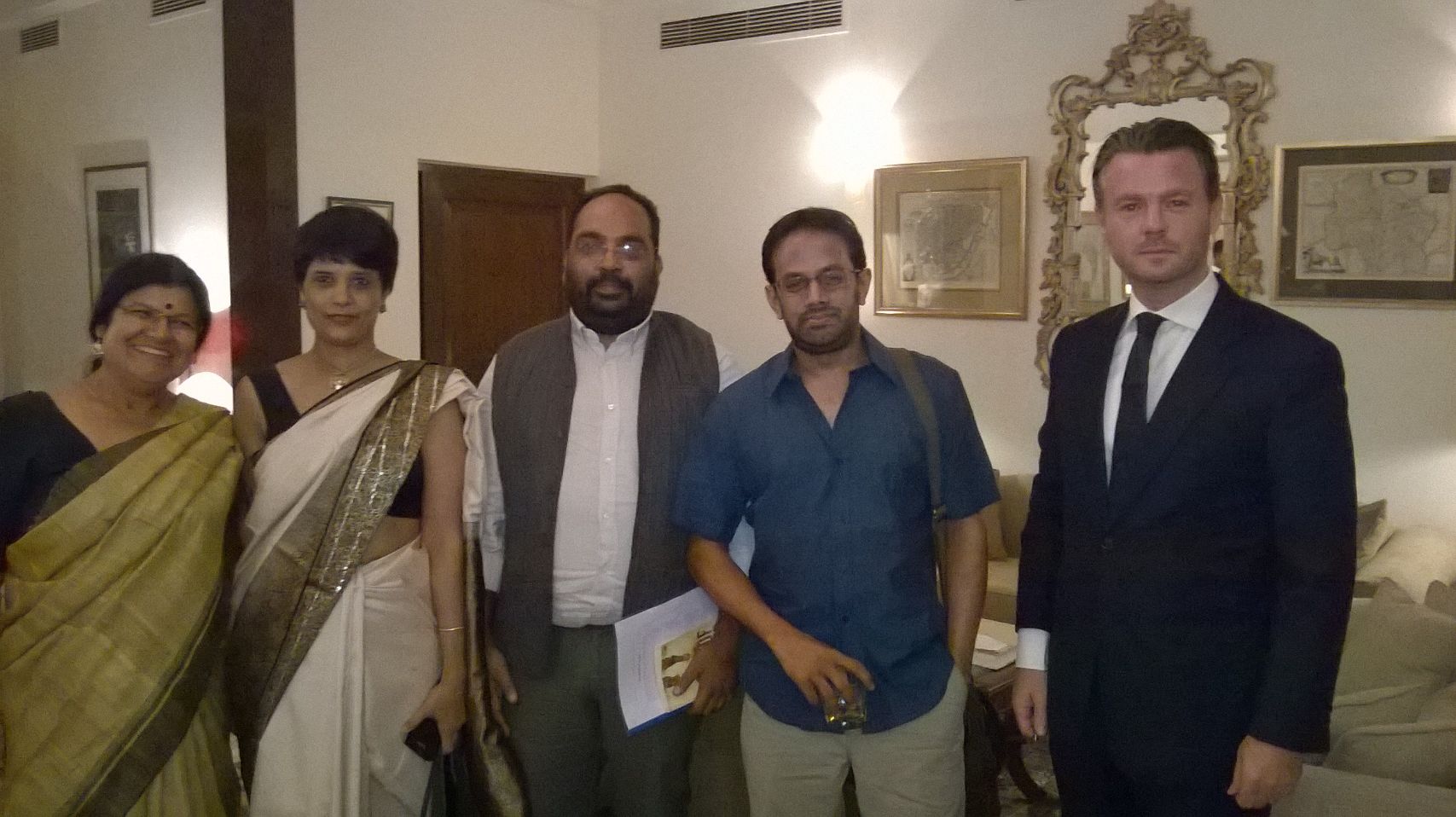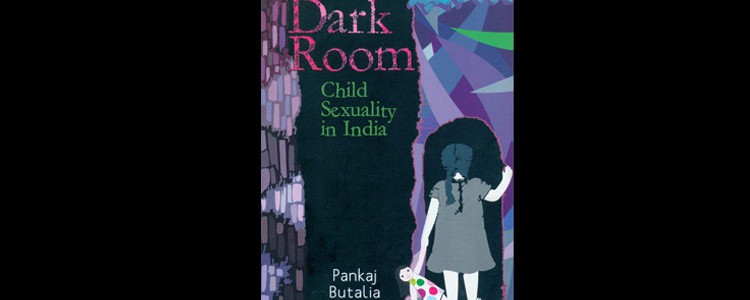Amit Chaudhuri
 In 2014 Amit Chaudhuri published two books – Telling Tales ( a collection of essays) and Odysseus Abroad ( a novel). Some of the other notable literary engagements were delivering the Infosys lecture “The Origins of Dislike” (http://www.infosys-science-foundation.com/amit-chaudhuri-lecture.asp) , Guest Director of The Times Cheltenham Festivals Literature 14, co-organising the second edition of The University of East Anglia India Creative Writing course in Calcutta ( https://www.facebook.com/pages/UEA-launches-International-Creative-Writing-Course-in-India/473787526006225?fref=ts ), a symposium on literary activism ( Anjum Hasan, “On Recovering the Literary through Literary Activism”, December 26, 2014 http://www.caravanmagazine.in/vantage/recovering-literary-activism ), contributor to Granta:130 focussing on India ( The first volume on India was Granta:57. Amit Chaudhuri is the only Indian author present in both issues, seventeen years apart). All these literary engagements are apart from his regular teaching assignments and musical performances.
In 2014 Amit Chaudhuri published two books – Telling Tales ( a collection of essays) and Odysseus Abroad ( a novel). Some of the other notable literary engagements were delivering the Infosys lecture “The Origins of Dislike” (http://www.infosys-science-foundation.com/amit-chaudhuri-lecture.asp) , Guest Director of The Times Cheltenham Festivals Literature 14, co-organising the second edition of The University of East Anglia India Creative Writing course in Calcutta ( https://www.facebook.com/pages/UEA-launches-International-Creative-Writing-Course-in-India/473787526006225?fref=ts ), a symposium on literary activism ( Anjum Hasan, “On Recovering the Literary through Literary Activism”, December 26, 2014 http://www.caravanmagazine.in/vantage/recovering-literary-activism ), contributor to Granta:130 focussing on India ( The first volume on India was Granta:57. Amit Chaudhuri is the only Indian author present in both issues, seventeen years apart). All these literary engagements are apart from his regular teaching assignments and musical performances.
Reading Telling Tales is a like the Casebook series of critical essays, popular in English Literature studies. The difference being the Casebook series consisted of a collection of essays by various critics, analysing a text or an author. Whereas in Telling Tales it is a melange of writing by Amit Chaudhuri. These were previously published as columns, introductory essays, commentaries, chapters from books etc. Pieces of writing that could not be accommodated elsewhere but are an integral part of Amit Chaudhuri’s development as a writer and critic. These essays are not necessarily meant to be read from cover-to-cover otherwise the monotonous of style will overwhelm the reader. It is preferable to dip into the essays and discover literature. Three related links: An interview Amit Chaudhuri gave to AuthorTV ( http://www.authortv.in/author/amit-chaudhuri ); a review in the New Statesman by Deborah Levy where she says, “Chaudhuri’s intellectual project is not so much to cross academic boundaries as to remove the sign that says: “No playing on the grass”. Like Barthes (and Lacan), he sees merit in concentrating less on the meaningful and more on the apparently meaningless. For this reason I relished every tale and essay here, not least because Chaudhuri subtly politicises the ways in which both writing and writers are culturally placed, described and sanitised.” ( http://www.newstatesman.com/culture/2013/08/telling-tales-amit-chaudhuri-principle-mode-our-epoch-isnt-business-business) Finally a review by Dilip D’Souza where he says “Amit Chaudhuri has grown from a writer with humour to one in love with excess words.” [“Baffling verbosity” Tehelka, I March 2014, Issue 9, Volume 11 (http://www.tehelka.com/baffling-verbosity/?singlepage=1)]
 Odysseus Abroad is in a class of its own. It is better appreciated if familiar with some of Amit Chaudhuri’s writing. The novel is experimental—his experiments in literature, fascination with language ( English and Bengali), playing with words and meaning, hidden jokes in structure and of course the “journey” of the protagonist. The novelist Amit Chaudhuri has access to a number of literary gatherings, student conferences and is the bridge between two cultures — English Literature and Indian Literature. By being at home in two distinct cultural and geographical locations — India and Great Britain, there is a sense in Odysseus Abroad that Amit Chaudhuri is attempting to make a “bridge” between the high culture of classical literature and the low culture of the mundane and dull lives of ordinary folks. In an interview he gave to he Hindu in Nov 2014 he said, “plot is an overrated device”. ( http://www.thehindu.com/features/magazine/i-am-drawn-to-the-quirky-by-vaishna-roy/article6555245.ece )
Odysseus Abroad is in a class of its own. It is better appreciated if familiar with some of Amit Chaudhuri’s writing. The novel is experimental—his experiments in literature, fascination with language ( English and Bengali), playing with words and meaning, hidden jokes in structure and of course the “journey” of the protagonist. The novelist Amit Chaudhuri has access to a number of literary gatherings, student conferences and is the bridge between two cultures — English Literature and Indian Literature. By being at home in two distinct cultural and geographical locations — India and Great Britain, there is a sense in Odysseus Abroad that Amit Chaudhuri is attempting to make a “bridge” between the high culture of classical literature and the low culture of the mundane and dull lives of ordinary folks. In an interview he gave to he Hindu in Nov 2014 he said, “plot is an overrated device”. ( http://www.thehindu.com/features/magazine/i-am-drawn-to-the-quirky-by-vaishna-roy/article6555245.ece )
2014 has been a prolific year for Amit Chaudhuri. What will 2015 bring?
3 January 2015











